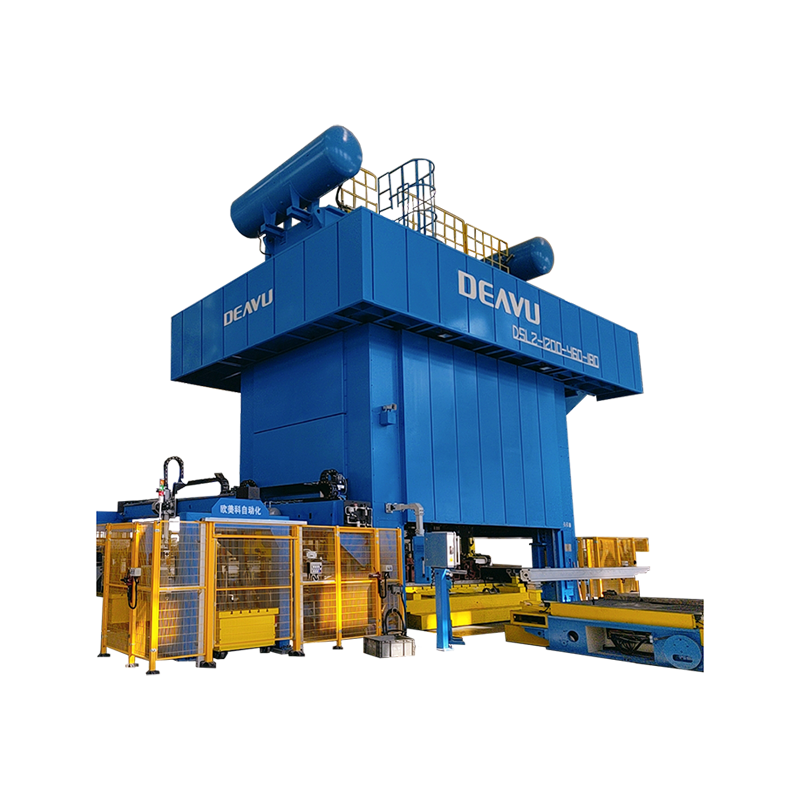High Quality Industry Hydraulic Stamping Press Machine Producer
In the world of industrial manufacturing, efficiency, precision, and reliability are paramount. One of the critical machines that help achieve these goals is the hydraulic stamping press machine. These machines are essential for a variety of operations such as cutting, bending, drawing, punching, and forming materials like metal, plastic, and composite sheets. However, with the vast range of models and configurations available in the market, selecting the right hydraulic stamping press for your specific needs can be challenging.
Key Considerations When Choosing a Hydraulic Stamping Press Machine
1. Type of Stamping Operation
The step in selecting the right hydraulic stamping press is to consider the types of operations it will perform. Hydraulic stamping press machines are versatile and can handle a variety of tasks, including:
Cutting: Used for shearing or cutting metal, plastic, or composite materials into parts.
Bending: Ideal for forming metals into curved shapes or specific angles.
Drawing: Commonly used in creating deep-drawn parts, such as automotive body panels or containers.
Punching: Often employed to create holes or slots in materials.
Embossing: For creating raised or recessed patterns on material surfaces.
Understanding the specific types of operations required for your production process will help you narrow down the choices, as some machines are more suited to particular tasks than others.
2. Force Capacity
The force or tonnage that a hydraulic press can exert is one of the important specifications. The tonnage refers to the amount of force that the machine can apply during the stamping process. It's vital to choose a hydraulic press with sufficient force for your specific applications. The required tonnage depends on several factors:
Material Thickness: Thicker materials typically require more force.
Material Type: Harder materials like high-strength steel or titanium need more force than softer materials.
Part Complexity: Complex parts with intricate designs might require higher force to ensure proper shaping or cutting.
A press with too low a tonnage may struggle to perform certain tasks, quality issues, while one with too high a tonnage may be unnecessarily expensive and energy-consuming.
3. Stroke Length and Speed
The stroke length determines how far the piston travels in a single cycle, and it is critical for determining how deep the press can shape a workpiece. In contrast, the speed at which the press operates affects the overall production rate.
If you're working with deep-drawing operations, a longer stroke is required. For high-speed production lines, you may want a machine with a faster cycle time to improve throughput. However, the trade-off between speed and precision is something to keep in mind. High-speed presses may offer faster processing but could compromise on the level of detail or finish required for certain applications.
4. Hydraulic System Configuration
When choosing a hydraulic stamping press, you must also consider the hydraulic system configuration. The system determines how the press delivers hydraulic fluid and, ultimately, how it applies pressure.
Single Cylinder Press: Common in simpler applications where uniform pressure is sufficient. These machines are often more compact and easier to maintain.
Double Cylinder Press: Provides better balance and force distribution, making it ideal for more complex tasks or larger workpieces.
Servo-Hydraulic Press: Uses servo motors to drive hydraulic pumps, offering more precision and energy efficiency compared to conventional hydraulic systems.
A more advanced hydraulic configuration will likely cost more upfront, but it may be worth the investment if your operation demands higher precision, versatility, or energy savings.


 EN
EN









